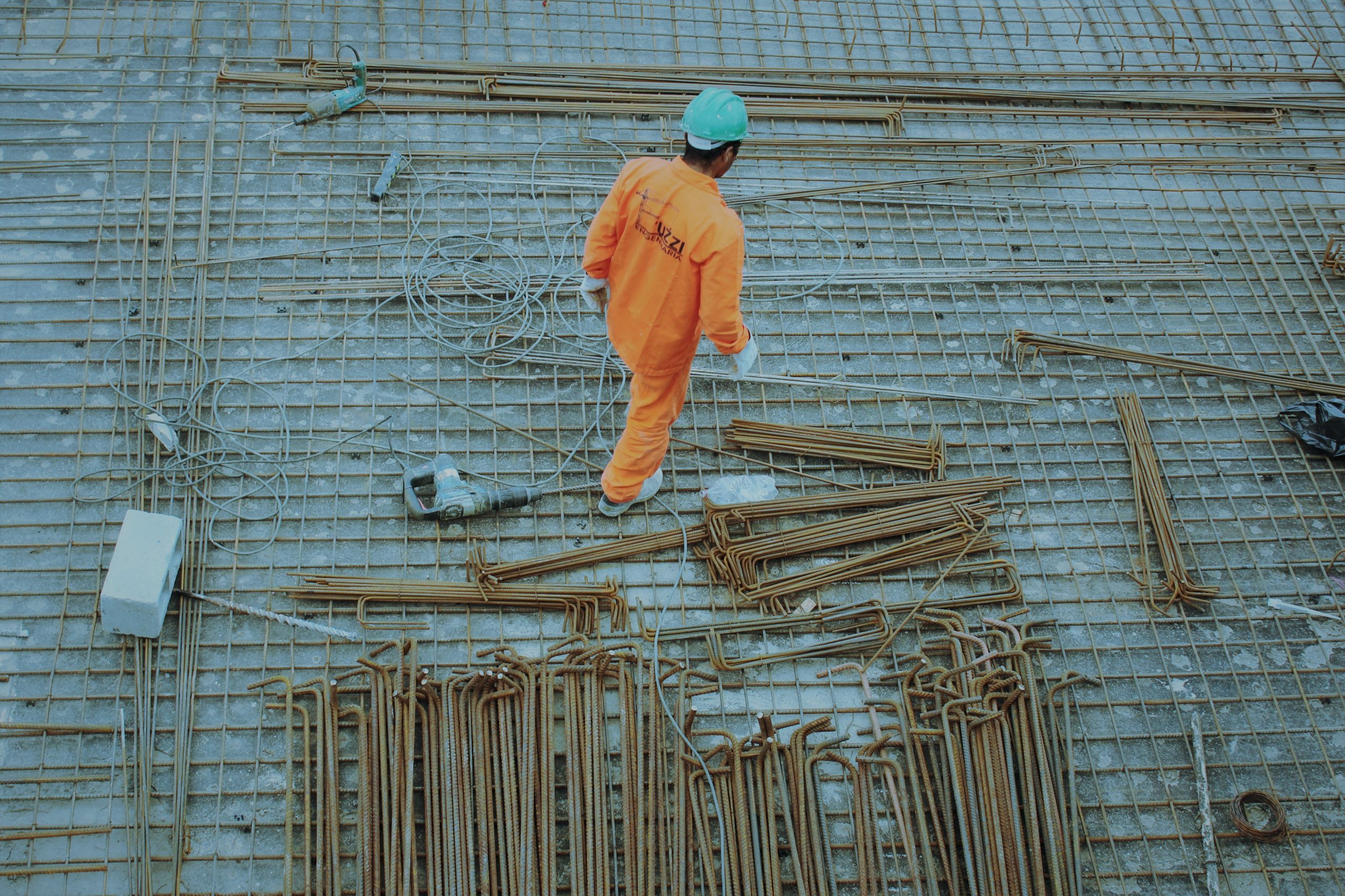
Luca Brocca
Just Access Representative to the UN Convention Against Corruption
Victims of corruption often struggle to claim reparation for the harm they have suffered and legal requirements make it difficult for victims to be represented and recognised in enforcement proceedings. The UNCAC Coalition for Victims of Corruption Working Group seeks to facilitate discussions, the exchange of information and joint advocacy among civil society experts around victims’ remedies and compensation for damages caused by corruption1. On November 25, 2022, Just Access participated in a meeting of the Working Group for Victims of Corruption, where Piumi Madushani and Chathumali from Transparency International Sri Lanka presented the case of the victims of the Uma Oya multi-purpose development project in Sri Lanka.
In this case, civil society has played a significant role in supporting the victims to demand reparation for their collective damage, filing a fundamental rights petition and providing legal clinics where victims can learn about land-related laws, compensation mechanisms and their legal standing.
The Uma Oya case
The Uma Oya Hydropower Complex is an irrigation and hydropower complex currently under construction in the Badulla district of Sri Lanka. Initial assessments of the project date back to 1989, when the first studies were conducted by the country’s Central Engineering and Consultancy Bureau.
The project, designed by the Central Engineering Consultancy Bureau in 1991, was rejected by the Asian Development Bank (ADB) because it violated people’s water rights and had technical deficiencies2. However, in 2008, the Iranian government stepped in and signed an agreement with the government of Sri Lanka to provide 85% of the estimated total cost (US$529 million) as a loan. Still, the actual total cost of the project is unclear and over the years, corruption related to the construction of this complex could be seen.
In 2008, the Sri Lankan government began the project with Iranian funding without obtaining an environmental permit for the project. The Environmental Impact Assessment (EIA) report for the Uma Oya project was prepared by the College of Sri Jayawardhanapura and submitted in November 20103. During the following 30 working days, the EIA was open to the public for review and comment, and the Central Environmental Authority received many letters from environmental organizations stating that the EIA was inadequate. For example, an interesting research paper by Dr. Zanar Tokmechi titled “Land Slide: A Key Problem in Uma Oya Project Risk Controlling” published in 2011 had identified high-risk landslide zones and recommended the best possible locations for the placement of buildings and equipment in the Uma Oya Project4. First, it was found that if mobilized incorrectly, the landslide risk is high and that the high-risk landslide zones for the Uma Oya Project accounted for about 30%, while low and no risky zones are about 50% and 20%, respectively. This, however, has been disregarded by the authorities while carrying out the project.
In another paper, the same author identified the flood risk zones in the project area and concluded that if there was going to be a wrong mobilisation, the flood risk would be high.
In fact, as a result of the project houses began collapsing, land surfaces cracking, wells drying up, and residents being displaced and losing their traditional livelihood. These are among the causes of fundamental rights violations that the affected population has claimed.
Human rights in the Uma Oya case
On July 16, 2015, the Supreme Court decided to consider the fundamental rights petition against the Uma Oya multipurpose project.
The petition was filed by the Center for Environmental Justice and four individuals who reside in the Bandarawela area and have been harmed by the Uma Oya Multipurpose Project. The petitioners claim that not only have their homes and crops been destroyed by the Uma Oya project, but that they have also lost access to clean drinking water and see this as a violation of their fundamental rights. It is also worth mentioning that most of the people living in the area are engaged in agriculture and it has been difficult for them to do their daily work due to the water scarcity.5
Attorney Ravindranath Dabare explained that this fundamental rights petition was filed because the Uma Oya project, which was started without a proper environmental impact assessment, violates the fundamental rights of the people in the region and affects their daily lives, livelihoods and access to clean drinking water. He said they want justice to be served to those affected.6
Moreover not all affected people have been adequately compensated. Therefore, this is a violation of the right to adequate compensation after a damage has been caused.
Corruption in the project
The Rajapaksa regime has been accused of corruption in the project. Critics have accused Rajapaksa of using the project as a cover for the misuse of funds. The cost of the project was increased by US$248 million, which led to the resignation of the Secretary of the Ministry of Irrigation, who refused to sign the agreement, and his successor to undertake the project despite fierce opposition from environmentalists and the people of Uva7. By that time, the cost estimate for the project had risen to four times the original estimate prepared by a Canadian company in 2008.8
The Uma Oya project was temporarily halted under the Ranil Wikramasinghle government. Due to the delay in the construction of the Uma Oya power plant, the government had to cut off power for four hours a day and sign an agreement to buy electricity from the private sector at a huge cost.
As mentioned earlier, the Uma Oya Multipurpose Development Project was started in 2008 with the support of the Export Development Bank of Iran. However, since sanctions were imposed on Iran, FARAB Energy and Water Project Company, the main contractor in this context, could not bear the costs of the Uma Oya project. This resulted in Iran limiting its disbursement of funds to US$50 million. Therefore, the Government of Sri Lanka was forced to bear the US$464 million cost of the Uma Oya project. While 95% of the development project has been completed, an additional US$12 million is needed to complete the remaining 5%, which means that the project will be further delayed.
The government has so far paid more than 1.5 billion rupees in compensation to those affected by the construction of the Uma Oya multipurpose project.9
Badulla district secretary Damayanthi Paranagama told The Sunday Times that while it was paying compensation, it was receiving complaints from people saying that the compensation was inadequate or that more damages were caused after they received the compensation.
Institutional corruption in Sri Lanka
The corruption that took place during the project is nothing new in Sri Lanka. Corruption is considered a major problem in Sri Lanka at all levels of society, from the highest echelons of political power to the lower levels of employees.
Officials and politicians who have been involved in corruption have either been pardoned by the president or have fled abroad for fear of sanctions. There have been a number of incidents in Sri Lanka’s history where individuals involved in some form of corruption have escaped with impunity because of their political connections.
Political parties and politicians in Sri Lanka have often promised to end corruption during election campaigns in order to manipulate the electorate. Corruption in Sri Lanka is considered a serious national problem that is a massive setback to the growth rate of the Sri Lankan economy. Sri Lanka’s wide income inequality and increasing poverty are partly due to the prevailing culture of corruption in the country. This is why Transparency international plays such an important role in Sri Lanka, seeking to hold the powerful and corrupt accountable by exposing the systems and networks that enable corruption.
Conclusion
The Uma Oya project has already caused too much damage, ranging from environmental impact to human rights violations. The role of civil society must therefore be enhanced to provide further support to the victims of corruption. Civil society is helping victims of corruption in many ways, for instance through public interest litigation, legal advice through mobile legal clinics and livelihood support. The work that Transparency International Sri Lanka is doing to help the victims of corruption from the Uma Oya project is essential. Victims shall be duly compensated and the corrupt shall be held accountable for the damage they caused.
2https://www.dailymirror.lk/article/Uma-Oya-Development-Project-Multi-purpose-or-multi-destructive–121570.html
6https://www.newsfirst.lk/2015/07/17/supreme-court-examines-fundamental-rights-petition-against-uma-oya-project/



